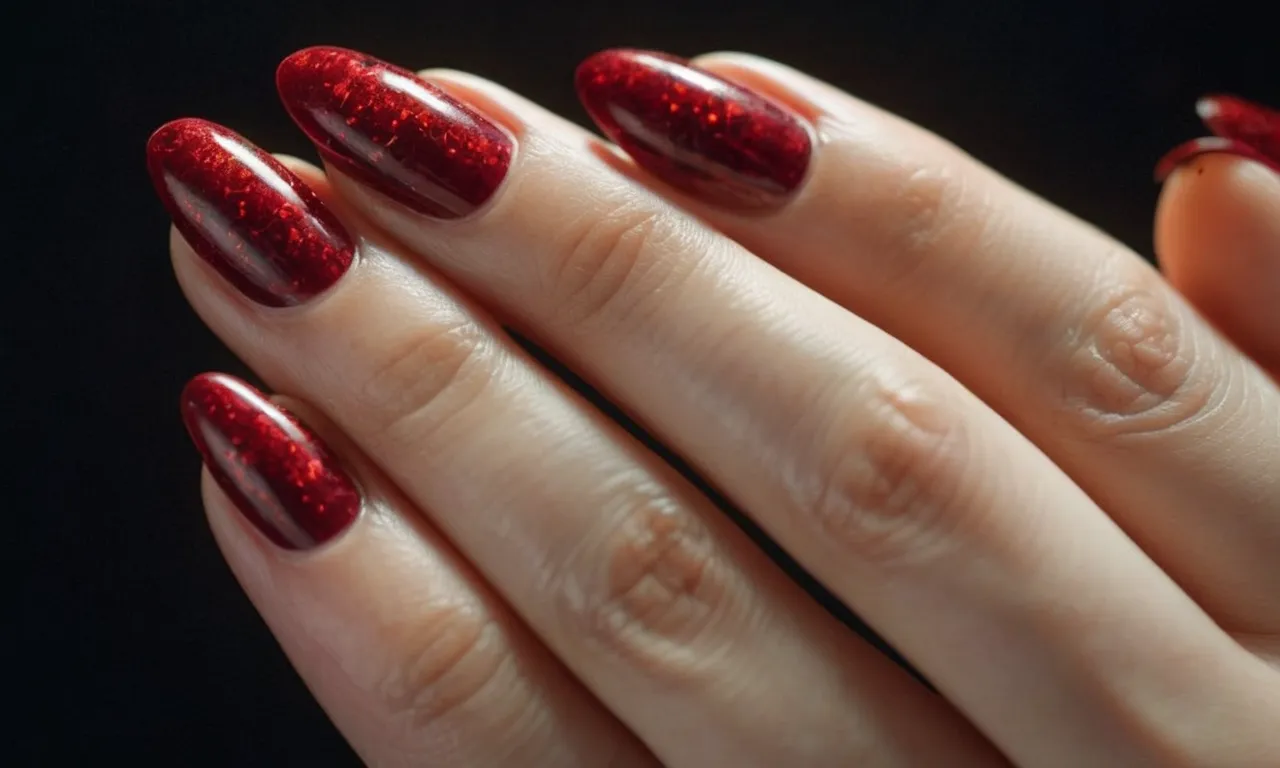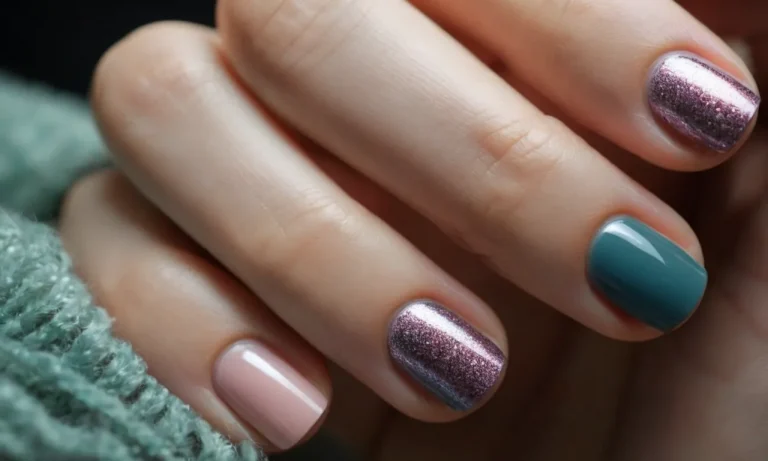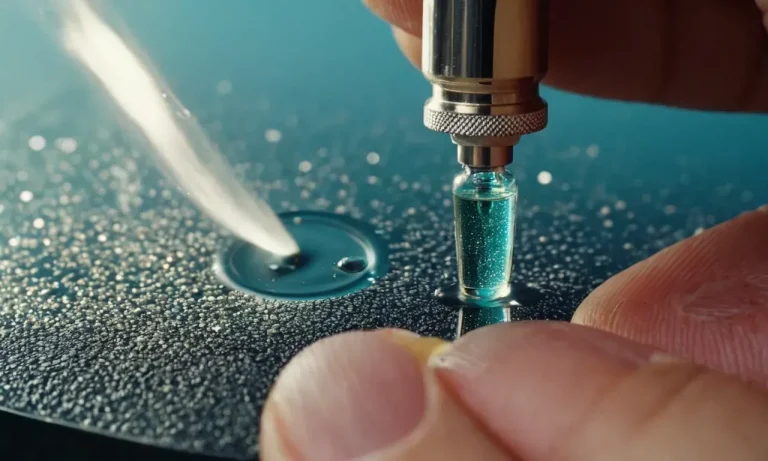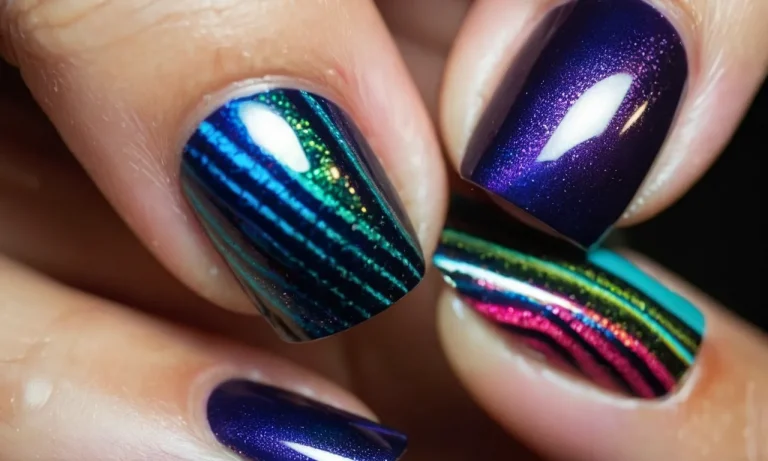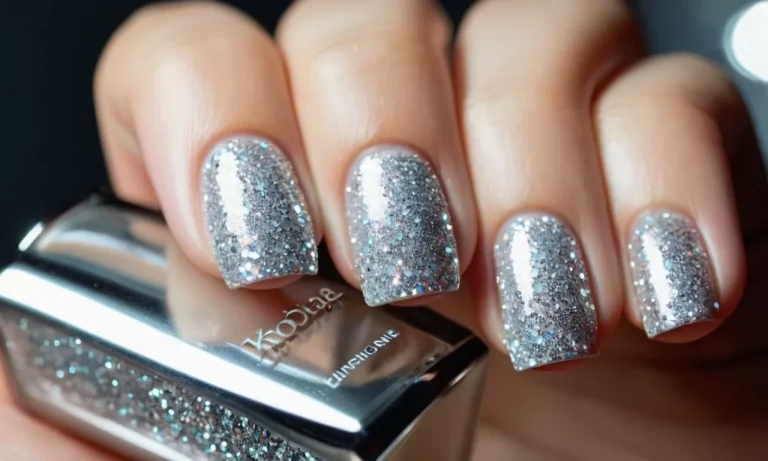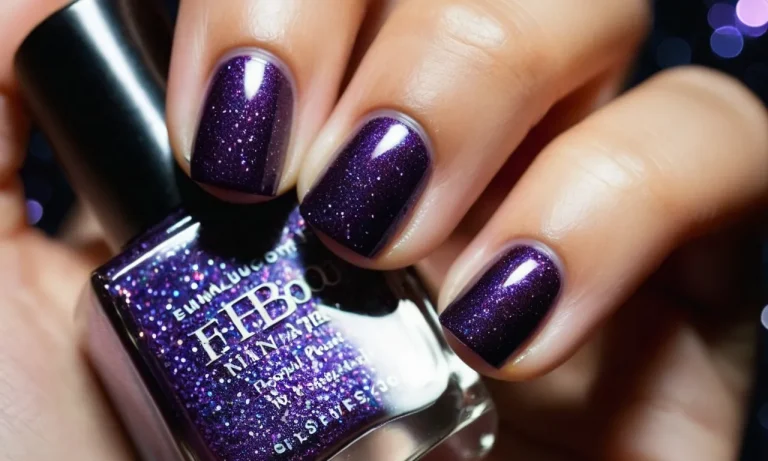Eczema Of The Nail: Causes, Symptoms, Diagnosis, And Treatments
If your nails have developed red, flaky skin or seem thicker or discolored, you may be dealing with a condition called eczema of the nails. This uncomfortable condition not only affects the look of your nails but also causes itching, pain, and discomfort.
If you’re short on time, here’s a quick answer to your question: Eczema of the nails, also called nail dermatitis, causes nails to become discolored, thickened, crumbly, and painful. It’s often related to hand eczema and is caused by factors like genetics, irritants, allergies, and injuries.
In this comprehensive guide, we’ll cover the symptoms, underlying causes, diagnosis, and possible treatment options for eczema of the nail to help you identify and properly treat this condition.
What Exactly Is Eczema of the Nail?
Definition and Overview
Eczema of the nail, also known as nail dystrophy, is a condition where the nails become inflamed, discolored, thickened, or cracked. It is considered a subtype of eczema and is most commonly associated with hand eczema or atopic dermatitis.
Eczema is an inflammatory condition that causes itchy, red, and irritated skin. When it affects the nails, it can lead to changes in their appearance and texture.
Nail eczema often begins as skin inflammation around the nail folds or cuticles. As the skin becomes inflamed, the nail matrix can also become irritated. The nail matrix is the area under the cuticle from which the nail grows.
When the nail matrix is inflamed, it disrupts normal nail growth and causes changes to the nail plate itself. This can result in a variety of nail abnormalities such as discoloration, pits or grooves, brittleness and loosening, thickening, or crumbling of the nails.
There are several proposed causes of nail eczema including genetics, allergies, irritants, microbes, and autoimmunity. The condition tends to be chronic and relapse frequently. Treatments aim to reduce inflammation and prevent damage to the nail matrix.
This can include topical corticosteroids, oral medications, phototherapy, and preventing exposure to triggers. Maintaining nail and cuticle health is also an important part of management.
Prevalence and Risk Factors
Eczema of the nail is estimated to affect approximately 10% of the general population. It is more prevalent in those with atopic dermatitis, affecting up to 40% of this group. There are several risk factors that can predispose someone to developing nail eczema including:
- A personal or family history of atopy or atopic dermatitis
- Exposure of the hands to irritants and allergens
- Microbial infections
- Frequent washing and drying that can damage the cuticle
- Nail trauma
- Certain medications
Onset is most common between ages 20-40. There appears to be a higher prevalence in females compared to males. Nail eczema also tends to occur more frequently in the dominant hand. Keeping the cuticle area well moisturized and avoiding irritants can help prevent onset in those at risk.
Recognizing the Symptoms
Visible Changes to Nails
Eczema of the nails can cause several visible changes that are important to recognize. Some of the most common visual symptoms include:
- Pitting or punctate depressions in the nail – Small dents or holes may appear in the nails due to inflammation underneath.
- Discoloration – The nails may turn yellow, brown, or opaque with a milky-white appearance.
- Thickening of the nails – The nails become thicker and harder due to chronic inflammation.
- Crumbling or brittleness – The nails may split easily or begin to crumble.
- Loosening or detachment – In severe cases, the nail may partially or fully detach from the nail bed.
- Deformed nail shape – The nails may become cone-shaped or curve under at the tips.
These changes often start at the tips or sides of nails but can eventually affect the entire nail. It’s important to monitor the hands and feet for any unusual looking nails and changes in texture or shape. Multiple nails are usually affected at the same time.
Sensations and Discomfort
In addition to visible changes, eczema of the nails can also cause sensations or pain in the fingers and toes. Common sensations include:
- Tenderness or soreness underneath or around the nail
- Burning, stinging, or itching under or around the nails
- Pain when pressure is applied to the nails
- Discomfort from ill-fitting shoes due to nail detachment or thickening
- Difficulty gripping objects due to nail deformities or tenderness
These sensations may come and go along with flares of inflammation. They can range from mild to severe. Keeping track of any nail-related discomfort and how it impacts daily activities is important.
While many cases are mild, eczema of the nails can be extremely painful and debilitating if left untreated. Seeking medical advice as soon as symptoms appear can help prevent lasting nail damage and discomfort.
What Triggers This Type of Eczema?
Genetic Predisposition
Research shows that people with a family history of eczema or other atopic diseases like asthma and hay fever are more likely to develop eczema of the nail (American Academy of Dermatology). Having genes that make the skin barrier weak can allow irritants in and trigger inflammation.
However, just because it runs in families doesn’t mean someone will definitely get it. Various genes likely play a role, but environmental factors are also important.
Exposure to Irritants and Allergens
Things that commonly irritate the skin can also irritate the nail beds and cuticles leading to eczema flare-ups. Examples include soaps, detergents, solvents, fragrances, dust, molds, pollen and dander from pets.
Rubbing or friction against the nails from shoes, gloves or frequent hand washing can also be problematic. Identifying and avoiding triggers is an important part of treatment. Allergy testing may be recommended if allergies are suspected.
Injuries and Damage
Trauma to the nails or cuticles allows irritants and allergens to penetrate deeper and cause inflammation. Ingrown toenails, hangnails, cuts, chronic nail biting, artificial nails, harsh manicures and very hot water can all contribute to eczema around the nails.
Be gentle with nails and protect hands and feet from injury to help prevent problems.
Associated Skin Conditions
Eczema often occurs along with other similar conditions. A 2015 study found that of people with nail eczema, 34% also had hand eczema, 14% had foot eczema and 36% had general body eczema (Journal of Dermatology).
Psoriasis can also cause changes in fingernails and toenails that may be mistaken for eczema. Getting properly diagnosed is key for effective treatment.
Getting a Diagnosis
Physical Exam
To diagnose eczema of the nails, a dermatologist will first perform a physical exam to look closely at the affected nails. They will note the appearance and location of any nail abnormalities. Typical findings that may indicate eczema of the nails include pitting, grooves, discoloration, thickening or crumbling of the nails.
The dermatologist will also examine the skin for signs of eczema or psoriasis.
Allergy Testing
Allergy testing may be recommended to identify potential triggers that could be causing or exacerbating eczema of the nails. Common allergens like foods, pollens, molds and dust mites may be tested through skin prick testing or blood tests.
Identifying and avoiding allergy triggers can be an important part of managing this condition.
Rule Out Other Conditions
The doctor will likely perform additional tests or procedures to rule out other potential causes of the nail abnormalities. These may include:
- Fungal test – Scrapings from the nails can be examined under a microscope or sent for fungal culture to check for a nail infection.
- Biopsy – Removing a small sample of nail or skin for analysis can help confirm eczema as the diagnosis.
- Blood tests – Bloodwork may be ordered to check for nutritional deficiencies, thyroid problems or other systemic conditions.
Once infections, psoriasis and other causes have been excluded, a diagnosis of eczema of the nails can be made. The dermatologist will then work with the patient to determine the best treatment plan based on the severity of symptoms and the impact on quality of life.
Treatments That Can Help
Steroid Creams and Ointments
Topical corticosteroids like hydrocortisone are often the first line of defense against eczema flare-ups. These anti-inflammatory creams and ointments can be quite effective at relieving itchy, inflamed skin when applied correctly.
Using a thin layer 1-2 times per day for a couple weeks may calm flare-ups on the fingers and toes near affected nails (source: National Eczema Association).
Medicated Nail Lacquers
Special medicated polishes called nail lacquers allow controlled delivery of medication directly to the nail bed. These prescription solutions contain ingredients like ciclopirox or tavaborole to combat fungal infections that may be complicating underlying eczema.
Applying daily for 48 weeks has been an effective long-term treatment in clinical studies (source: American Academy of Dermatology).
Oral Medications
For moderate or severe cases, oral prescription medications may be used alongside topical creams to reduce swelling and scaling from the inside out. Common options are immunosuppressants like cyclosporine or dupilumab. These work by calming an overactive immune response.
Patients using systemic treatments must be monitored by a dermatologist for side effects (source: National Eczema Association).
Phototherapy
Exposing affected skin to ultraviolet light under medical supervision can have anti-inflammatory and immune-suppressing benefits. Both narrow band UVB and UVA1 phototherapy have shown positive outcomes for eczema patients.
Typically short sessions of 2-5 minutes are repeated 2-3 times a week, allowing incremental UV exposure while minimizing risk of burns (source: American Academy of Dermatology).
Wet Wraps and Gloves
Wet wrap therapy involves first soaking the skin, then applying topical medications, followed by wet bandages and an outer dry layer. The moisture and occlusion allow deeper penetration of creams. For nail eczema, wet cotton gloves worn at night can have a similar effect.
One study found wearing wet wraps for 8 hours per night led to marked improvement in 80% of participants.
Lifestyle Changes
While medical interventions are often necessary for nail eczema, certain daily habits can help prevent flares. These include using gentle, fragrance-free skin cleansers, wearing gloves when washing dishes, moisturizing hands frequently, avoiding very hot showers, quitting smoking, and minimizing stress.
Paying attention to potential trigger foods through an elimination diet may also be beneficial (source: American Osteopathic College of Dermatology).
Conclusion
In summary, eczema of the nails causes thickening, discoloration, brittleness and discomfort due to genetic susceptibility and exposure to triggers like irritants, allergens or injuries. Diagnosis involves ruling out other conditions.
Treatments include topical steroids, medication, light therapy and lifestyle changes to control symptoms.
By understanding the appearance, causes and treatment options for eczema of the nail, you can work with your doctor to find relief from the uncomfortable symptoms.

